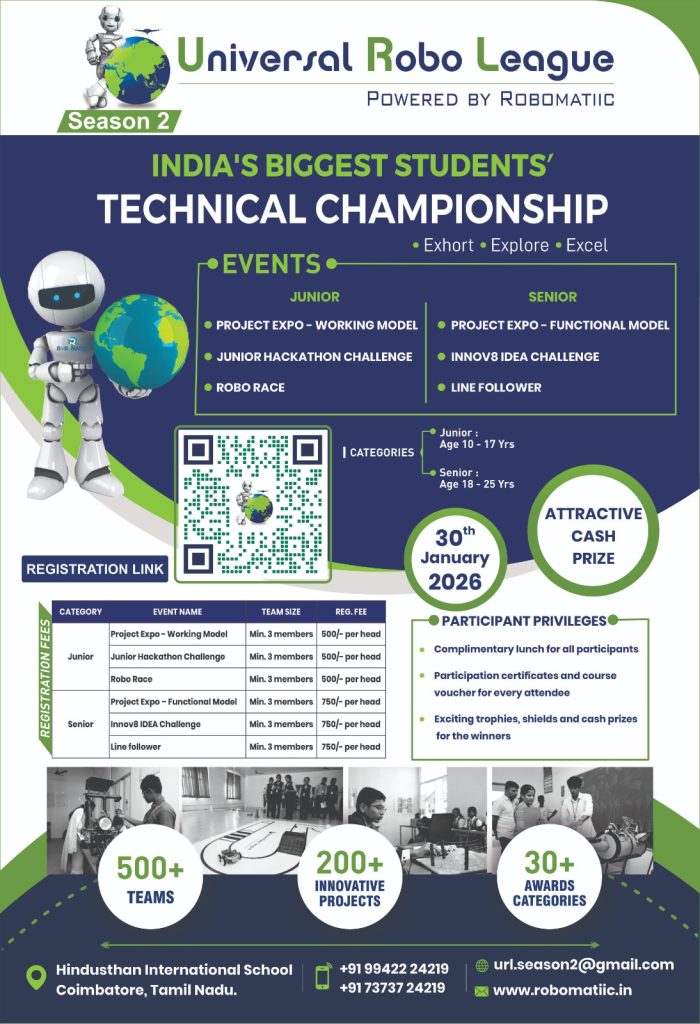Python with Django

- If statements
- else statements
- nested if statements
- while loop
- for loop
- nested loops
- Loop Control Statements
- break statement
- Continue statement
- Pass statement
- Project Demonstration Tkinter
Django Course Syllabus
SECTION-I
SECTION-II
- Form Processing
- Search
- The “Perfect Form”
- Creating a Feedback Form
- Processing the Submission
- Custom Validation Rules
- A Custom Look and Feel
- Creating Forms from Models

ROBOMATIIC is an Educational, Research & Development start-up.
Address
700/140, 1 St Extenstion,
100 Feet Road, Gandhipuram,
Coimbatore - 641012,
TamilNadu, India.
Quick Links
Location
© 2022. All rights reserved.


